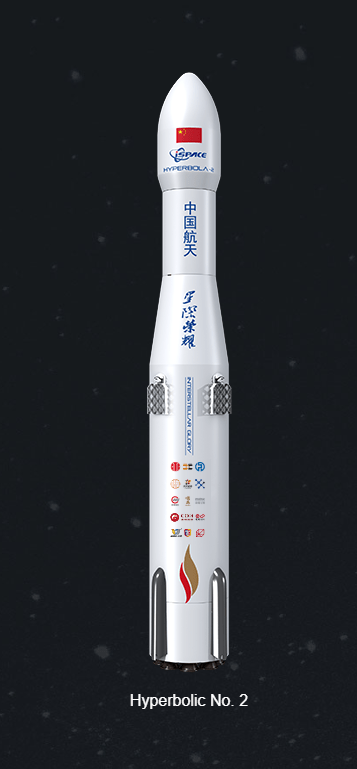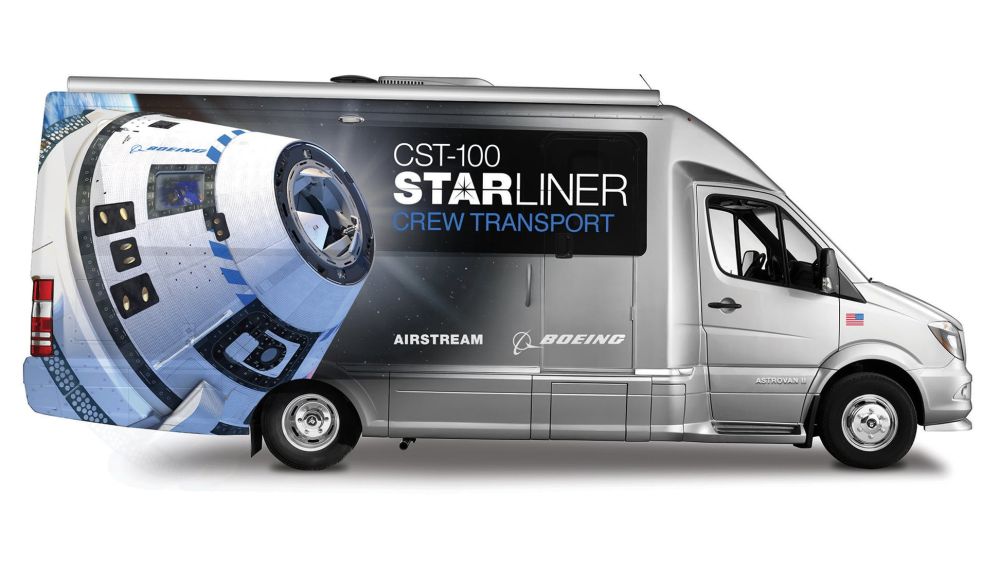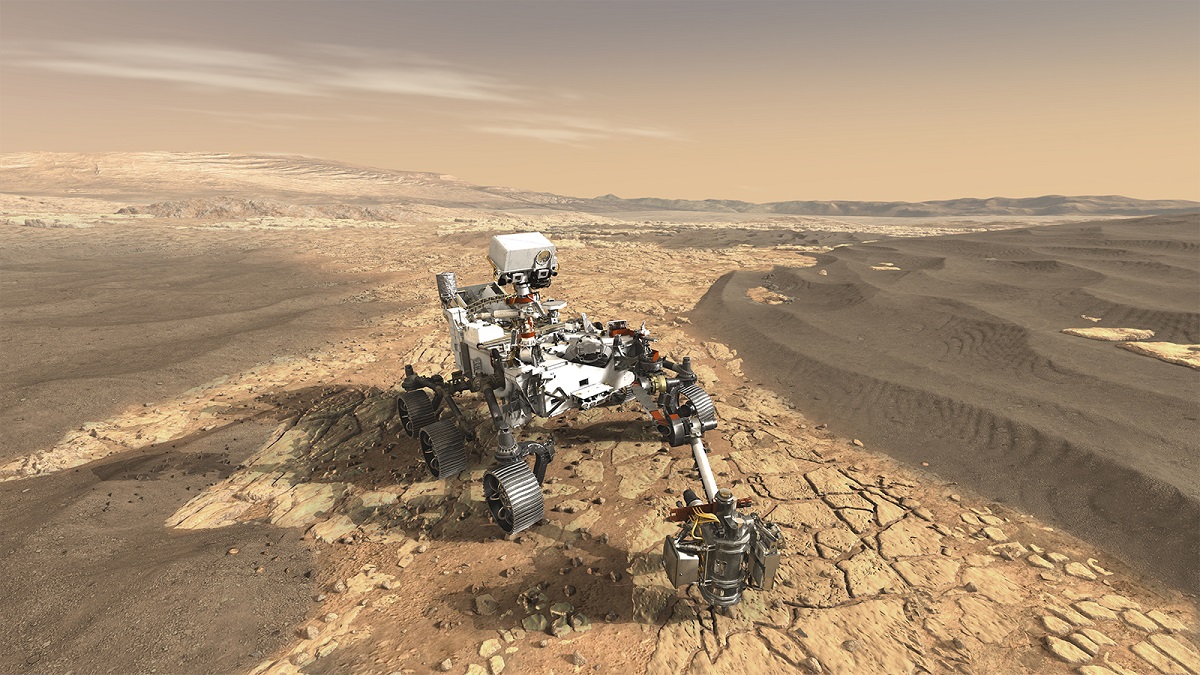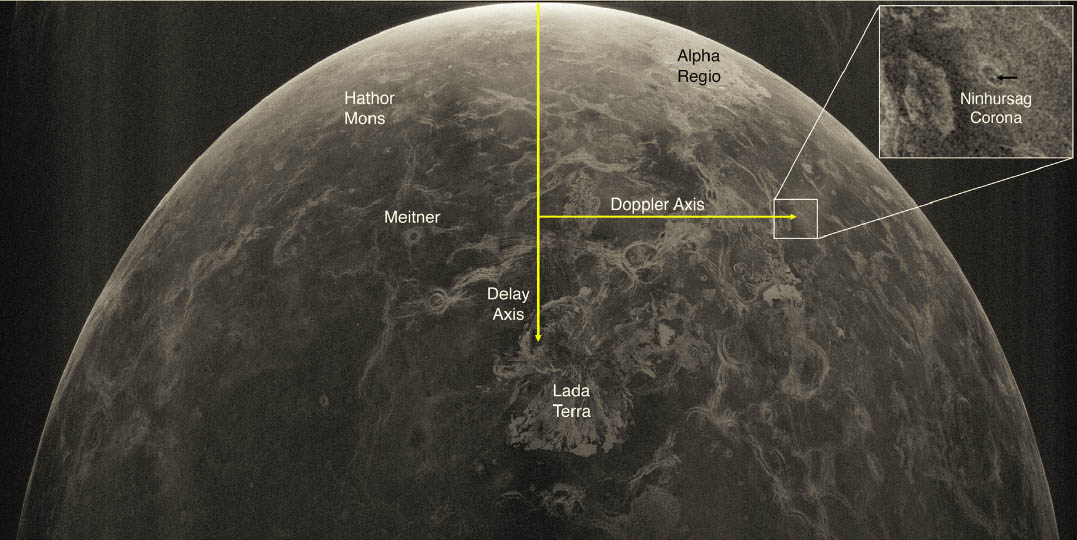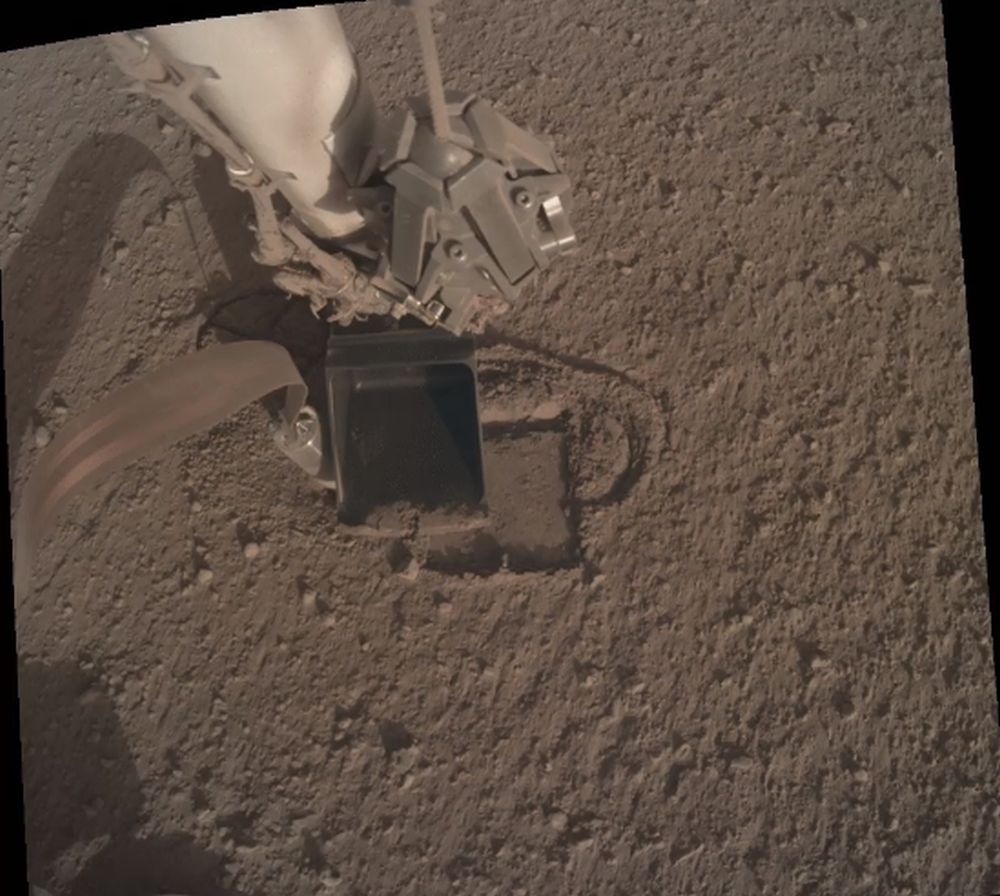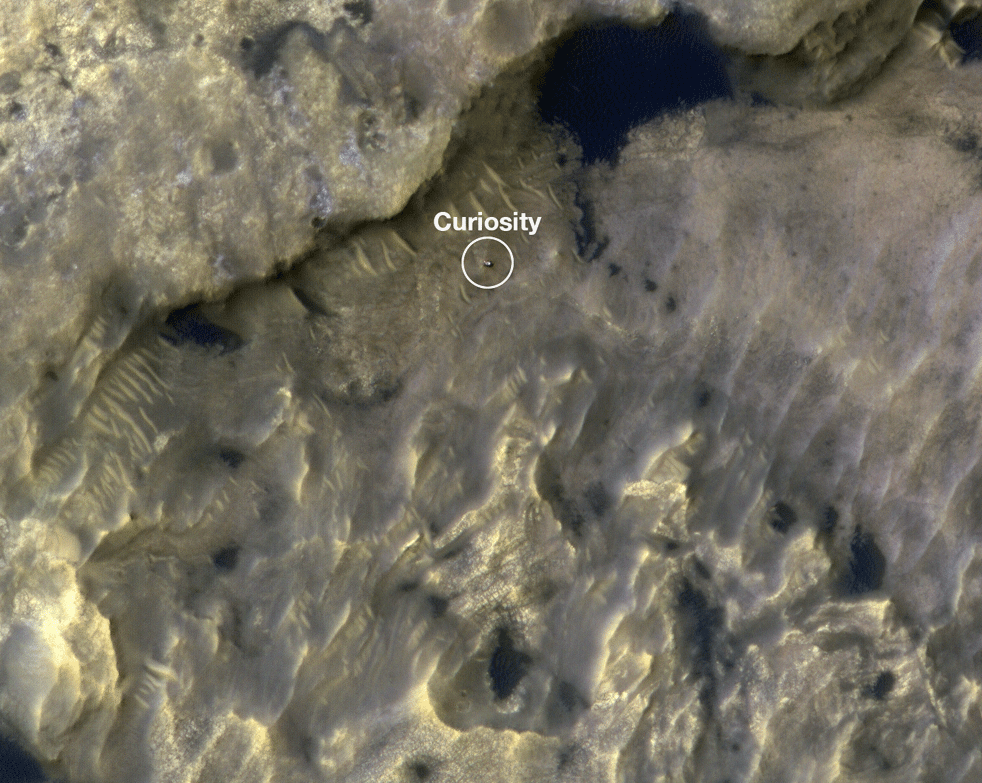A Chinese company is planning to launch a rocket with a reusable booster in 2021. The company is called i-Space, and the rocket is called Hyperbola-2. They’ve already developed and launched another rocket, called Hyperbola.
Continue reading “A Private Company in China Plans to Launch Reusable Rockets by 2021”A Private Company in China Plans to Launch Reusable Rockets by 2021
